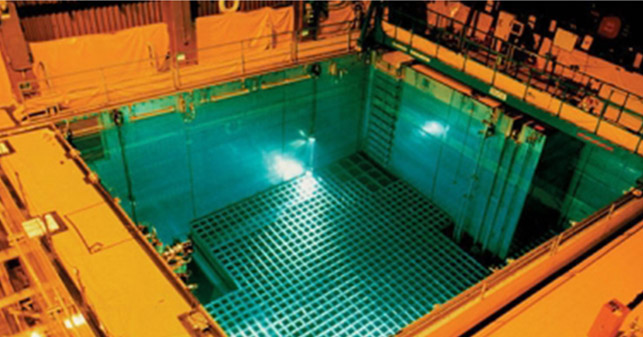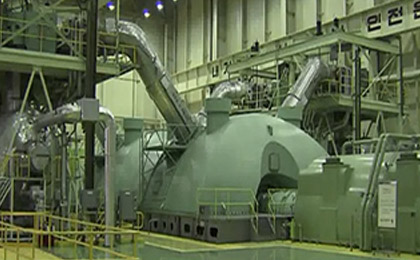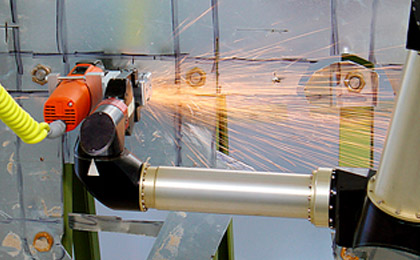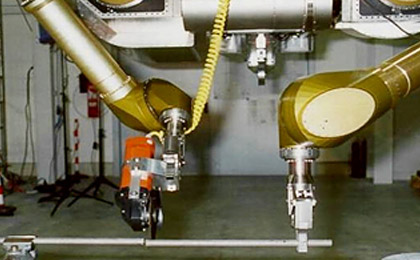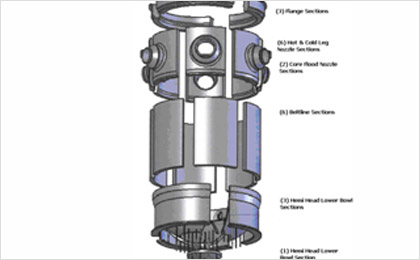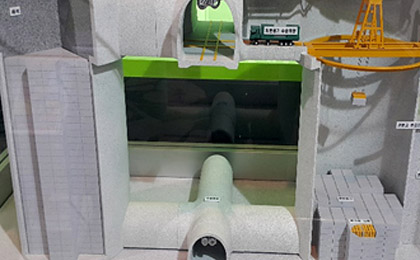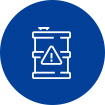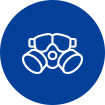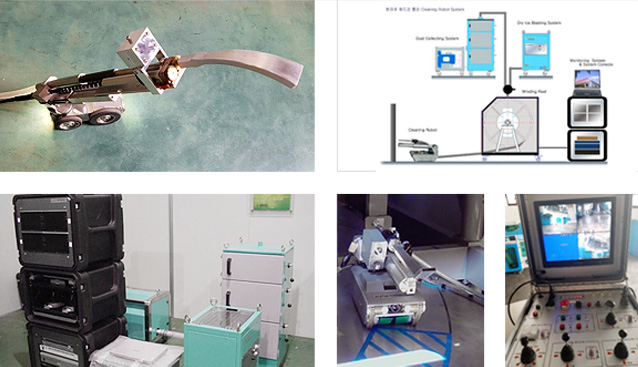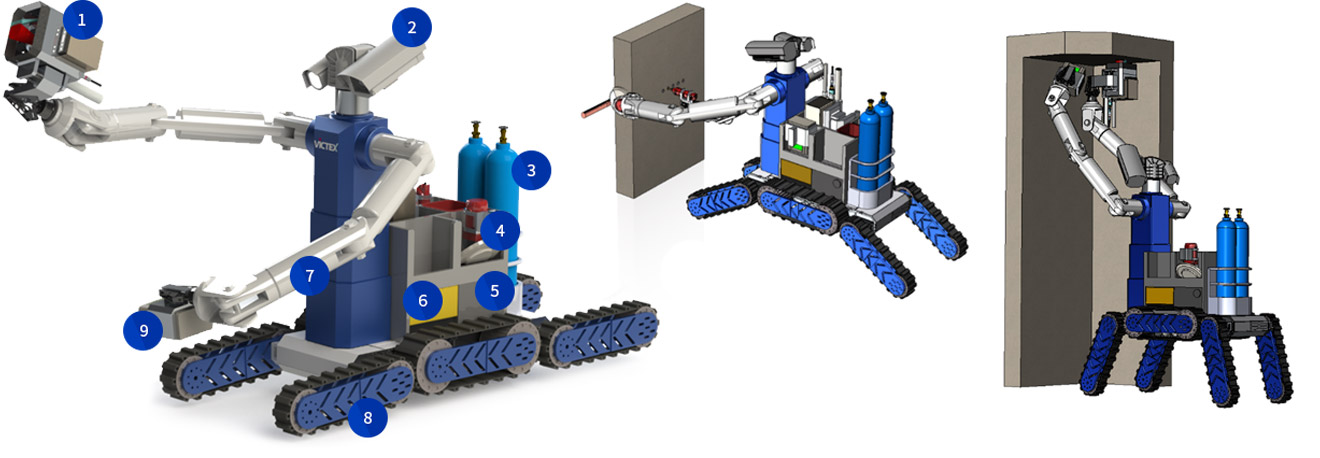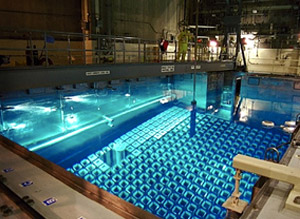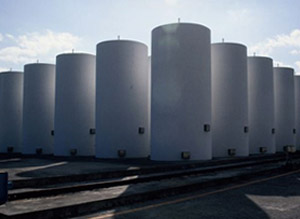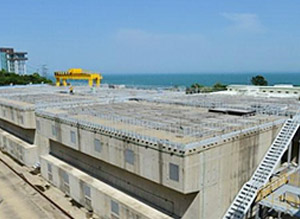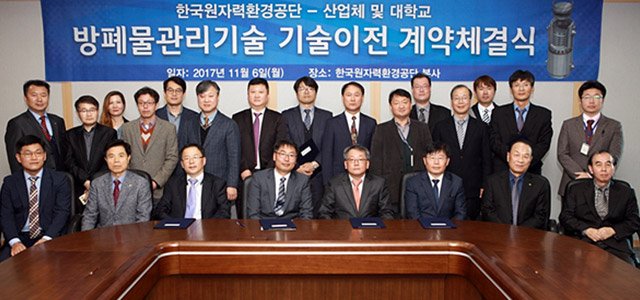Decommissioning of a nuclear power plant
| In operation | Under construction | Under planning | Total (number of units) |
|---|---|---|---|
| 25 | 3 | 2 | 30 |
| Power plant name | Start operation | End of operation | Remarks |
|---|---|---|---|
| Gori Unit 1 | 1978 | 2017 | 30 years of design life expired + 10 years of additional operation / dismantling |
| Wolseong Unit 1 | 1983 | 2022 | 30 years of design life expired+ 10 years of additional operation |
| Wolseong No. 2 and 3 others | since 1997 | 2027 | 30 years design life |
| Kori 3 plus other 18 units | since 1986 | 2026 | 40 years design life |
(As of the end of 2022)


